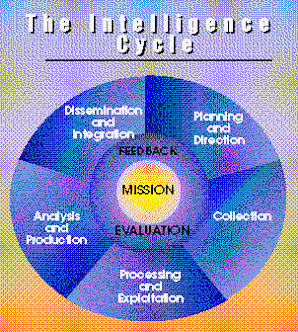Fusion centers gather terrorism intelligence – and much more
About a year ago, a police officer in Maryland noticed a truck loaded with plastic pallets driving down a main road in the early morning. He normally wouldn't have given it a second look, but the officer had seen a bulletin from the state's "coordination and analysis center" advising that such thefts were costing bakeries and grocers hundreds of thousands of dollars. Sure enough, the pallets were stolen. Cracking down on pallet thieves wasn't quite the mission envisioned for "fusion centers," 72 facilities across the country that were started after the Sept. 11, 2001, terrorism attacks to improve information-sharing and threat analysis among local law enforcement.
The centers, which have received $426 million in federal funding since 2004, were designed as an early warning system against the next attack. Lately, amid the recent uptick in homegrown plots, the Homeland Security Department has been touting fusion centers as a means of thwarting domestic terrorism. But it turns out that homegrown terrorism pales in frequency and fatalities compared with typical street crime, so many of the centers have begun collecting and distributing criminal intelligence, even of the most mundane kind.
In the process, Homeland Security Department officials say, the centers are developing a system to receive, sort and share crucial information. And they say it's too soon to judge the program, which is likely to grow in importance as a tool in detecting terrorism before it erupts. "I'm a big supporter because of their potential," said Mohamed Elibiary, a Texas-based Muslim activist who advises the Homeland Security Department, the FBI and other law enforcement agencies. "If you want the government to function effectively, you need proper information sharing and analysis."
Critics argue that the centers are another potential intrusion on citizens' rights, and that having 72 of them guarantees bureaucratic overkill. Many centers make extensive use of private contractors. And the methods used are inconsistent from one to the next, raising questions about whether some of them are performing vital work. "We thought if we just threw the name out there, built a bunch of them, we'd feel a lot better," former Homeland Security Secretary Tom Ridge said this month at George Washington University. "And I frankly think there's too many of them. We still don't have quite the protocol we need to make sure that they're effective."


0 comments:
Post a Comment